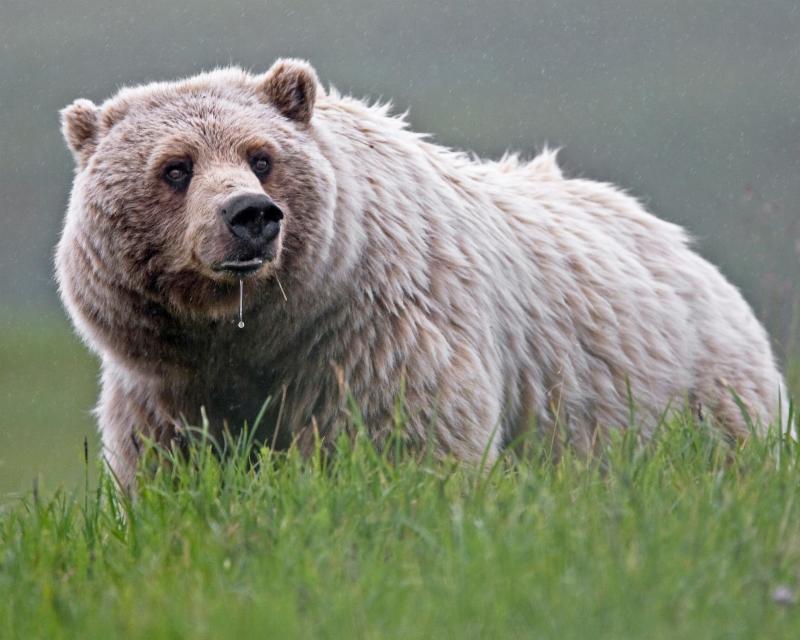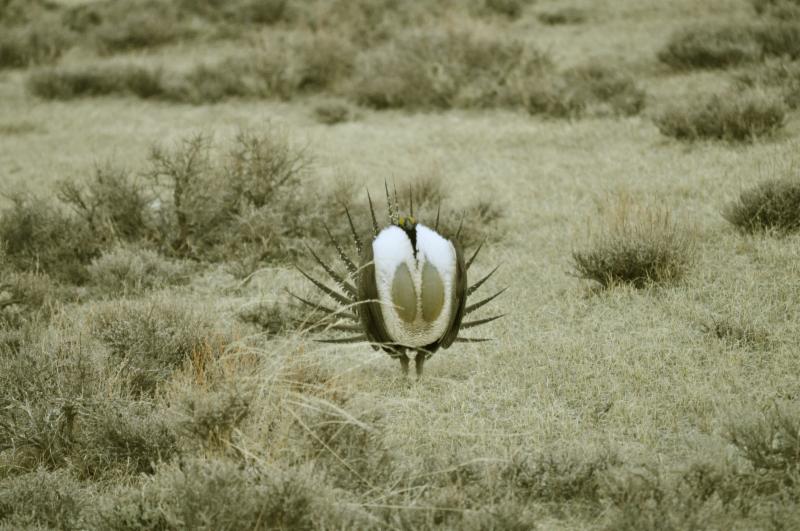Mine Revival Threatens Salmon Fishery
By Charles S. Potter Jr./McGraw
Photo by Ingrid Taylar/flickr
Many of you have experienced the salmon runs of Alaska. I too have been so privileged.
After years of effort to put on the shelf one of the most poorly conceived mineral extraction projects in recent times, success was achieved. Alaskans, lodge owners from the lower 48 and a host of others succeeded in having the Pebble Mine project scrapped.
Yet like a bad nightmare, it has come back to life due to a bizarre directive from the new administrator of the Environmental Protection Agency. The story linked below tells how this ill-conceived project might impact the world's greatest sport and commercial fishery.
This is one mining project not worth the risk.
|
How the World Disposes of
All Its Waste
By
Kadir van Lohuizen
/The Washington Post
Photo by Patrick Copley/flickr
Since early 2016, I have traveled to six major cities around the world (Jakarta, Tokyo, Lagos, New York, Sao Paulo and Amsterdam) to investigate how they manage - or mismanage - their waste. There are some remarkable differences. And a question emerges: Is this just garbage, or is it a resource?
The world generates at least 3.5 million tons of solid waste a day, 10 times the amount a century ago, according to World Bank researchers. If nothing is done, that figure will
grow to 11 million tons
by the end of the century, the researchers estimate. On average, Americans throw away their own body weight in trash every month. In Japan, meanwhile, the typical person produces only two-thirds as much. It's difficult to find comparable figures for the trash produced by mega-cities. But clearly, New York generates by far the most waste of the cities I visited: People in the broader metropolitan area throw away 33 million tons per year, according to
a report
by a global group of academics published in 2015 in the journal of the National Academy of Sciences. That's 15 times the Lagos metropolitan area, their study found.
With a sharp increase in the world population and many economies growing, we are producing more waste than ever. In Europe and the United States our trash is largely invisible once it's tossed; in other parts of the world it is more obvious, in the form of waste dumps, sometimes in the middle of cities.
|
|

Grizzly Population Spreads - So Does Trepidation
By Karin Brulliard/The Washington Post
Photo by Denali National Park/flickr
Dean Peterson, a rangy fourth-generation rancher with a handlebar mustache, is used to factoring in all sorts of challenges as he works his vast spread in the Big Hole Valley.
Summer wildfires
that can sweep down the pine-blanketed mountains to the west,
harsh winters
that can endanger his thousand-plus head of cattle.
Yet in the back of his mind these days is a threat most of his forefathers never faced: grizzly bears. Settlers pushing West had all but exterminated the hulking predators by the time Peterson's great-grandfather arrived here in the late 1800s.
A year ago, however, a trail camera in the nearby forest
snapped a grainy photo
of a grizzly crossing a stream, marking the first confirmed sighting in the valley in a century. Then in May, Peterson was stunned to see one lope across a snow-dusted road as he drove a four-wheeler a few miles from his property.
"It will happen," the 51-year-old rancher says of the looming presence of grizzlies. And he is equally matter of fact about what they'll mean for both him and his neighbors. "It will be more difficult to run cattle."
|

Sage Grouse Protection Plans Being Reconsidered
By the Associated Press
Photo by Pacific Southwest Region/USFWS
The U.S. Forest Service is rethinking protection plans for sage grouse in six Western states after a U.S. court agreed with mining companies and others that the agency illegally created some safeguards in Nevada.
The agency announced that it's working with the U.S. Bureau of Land Management, which also is reviewing its plans for the struggling bird following an order by Interior Secretary Ryan Zinke.
Forest Service spokesman John Shivik said the coordinated review makes sense two years after federal officials decided the bird shouldn't receive endangered-species protections.
"Now is a good time to say, 'How well is this working,'" he said Wednesday.
The agency is taking public comments in Idaho, Montana, Nevada, Utah, Colorado and Wyoming through Jan. 5. It says it will review the input before deciding if changes are needed. It's not clear when the agency will make a decision.
|
Rare Cranes Continue Comeback in Louisiana
By the Associated Press
Photo by USFWS/flickr
A dozen young whooping cranes from Wisconsin, Maryland, and Alberta, Canada, are being gradually introduced to the wild in a Louisiana refuge.
The Audubon Species Survival Center's assistant curator, Richard Dunn, brought the rare, endangered birds to the Rockefeller Wildlife Refuge on the southwest Louisiana coast and across the state from New Orleans, where three cranes hatched and were introduced to the others.
"You're hoping you're doing everything right to produce birds that can survive the world," he said. Dunn said the emotional response was rather like "All right! You got your kids to college!"
Another 11 juveniles were brought to the White Lake Wetlands Conservation Area, about 20 miles (32 kilometers) further north, on Nov. 9 to begin a similar adaptation.
That means 72 whooping cranes are now living in the wild in southwest Louisiana.
|
|
|
|
|
|